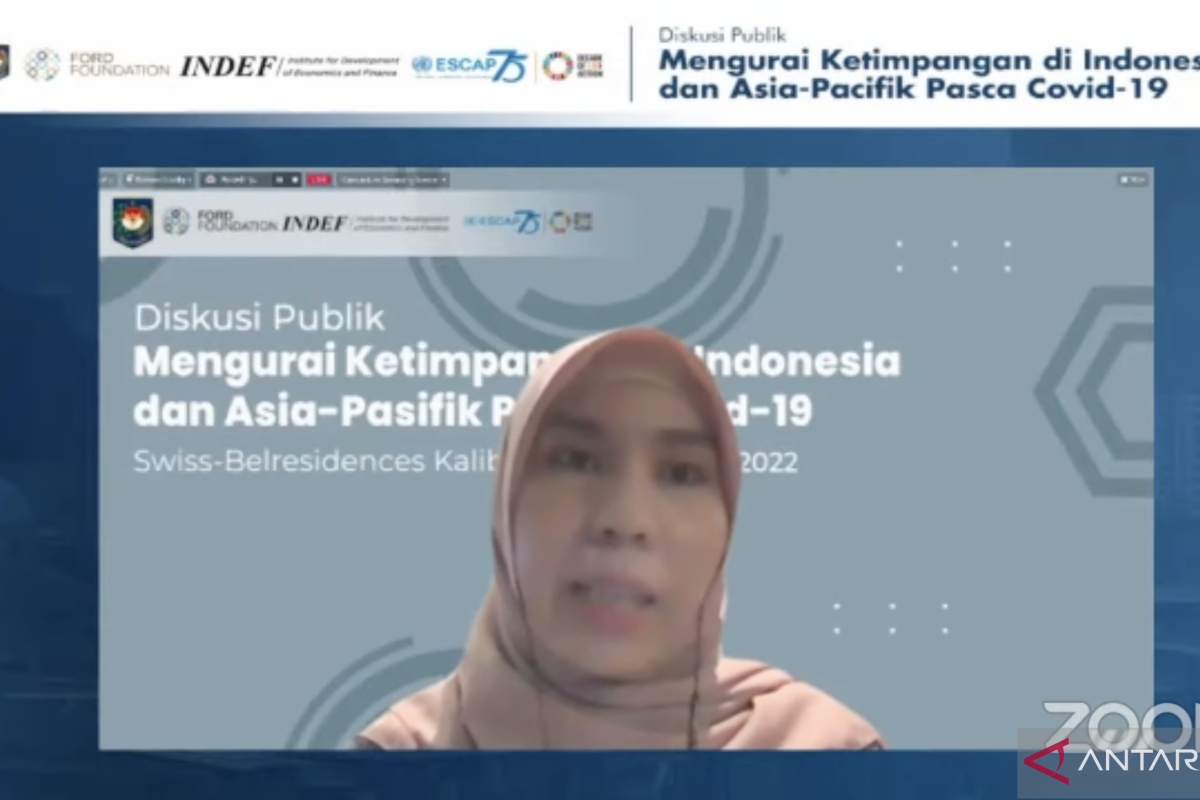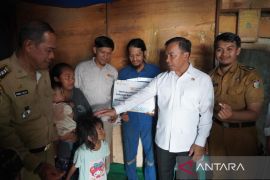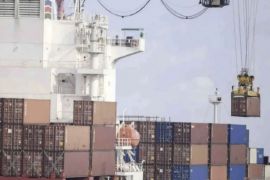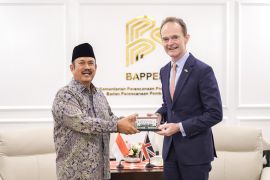A crucial thing to have in order to be registered as a social aid recipient is ownership of population documentation, such as birth certificates for kids and identity cards, particularly for the poor and vulnerable people.Jakarta (ANTARA) - The National Development and Planning Ministry has said that there is a correlation between the ownership of single identity number and poverty.
“The highest rate of poverty is in the eastern parts of Indonesia, particularly Papua, and (it) turns out, the majority of poor people with no single identity number are in Papua, about 50.78 percent," a junior developer from the ministry, Fisca Miswara Aulia, highlighted at a public discussion hosted here on Wednesday.
This shows that most likely, the impoverished people were not included in the database, which explains why there were so many who were yet to receive the aid they were supposed to get, Aulia said.
"Single identity number is very important because in order to receive (assistance under the) social aid program, they (recipients) must be listed in the integrated social welfare (database), and one of its requirements is having a single identity number," she pointed out.
According to the ministry, at least 22.72 percent or 2.4 million poor people in the 0–17 age group have no birth certificate. Meanwhile, 14.29 percent, or 1.5 million people, have failed to produce their birth certificate, although they claim to have it.
At least 7.54 percent of the poor have yet to get a single identity number, which could serve as a proxy for an identity card and other legal documentation, such as family cards.
"A crucial thing to have in order to be registered as a social aid recipient is ownership of population documentation, such as birth certificates for kids and identity cards, particularly for the poor and vulnerable people," Aulia said.
Based on percentage, the highest rates of poverty have been recorded in the eastern and central parts of Indonesia. The area with the highest incidence of poverty is Papua, followed by West Papua and East Nusa Tenggara.
On an absolute scale, the five provinces with the most poor are located in East Java (4.4 million people), Central Java (3.9 million people), and West Java (3.9 million people).
Aulia then listed several factors that have contributed to the lack of data on poor people in villages in terms of data collection, data interconnection, funding, information system, human resources availability, and agency.
"(As for) challenges in aid distribution, they have no privilege to choose banks and access points yet. Such as in Papua, with difficult geographical conditions, which makes the cost to travel there more expensive in comparison to the aid they will receive," she elaborated.
Inadequate access point distribution, the experience of data authentication, not-so-user-friendly digital technology, and challenges to verification as well as data clarity also hinder aid distribution.
Related news: Tap into village potential to eradicate extreme poverty: KSP
Related news: Poverty not the chief cause of stunting: BKKBN
Translator: Kuntum Khaira R, Mecca Yumna
Editor: Rahmad Nasution
Copyright © ANTARA 2022












